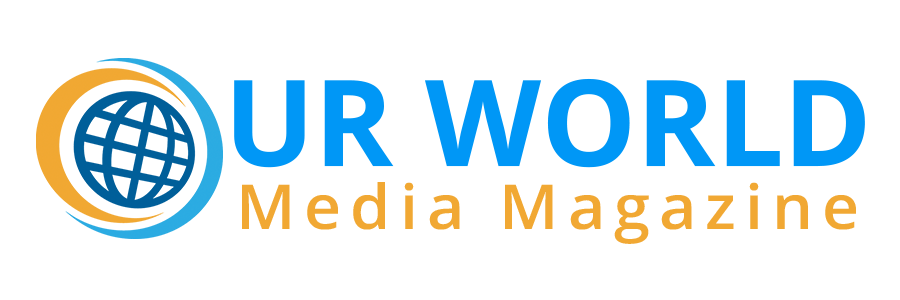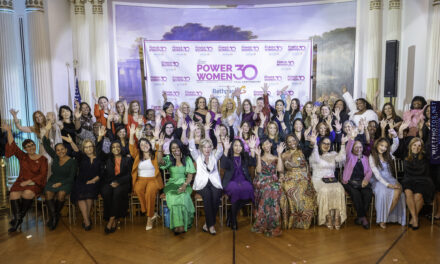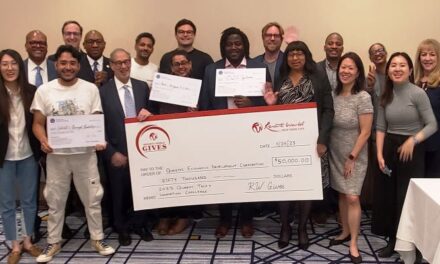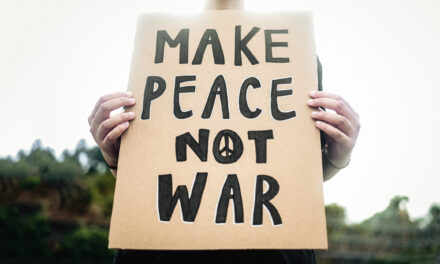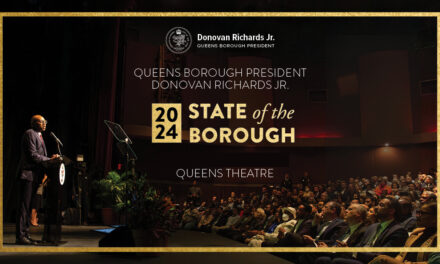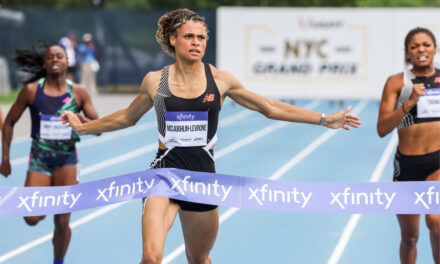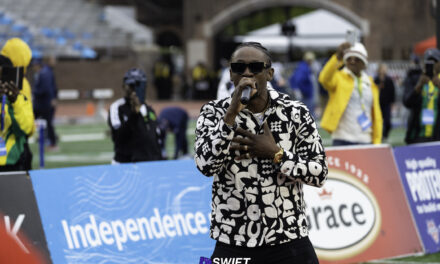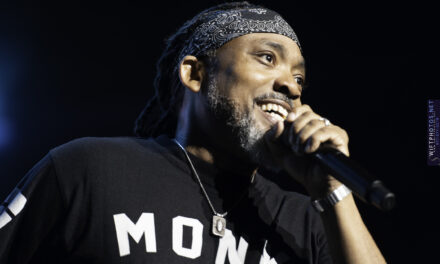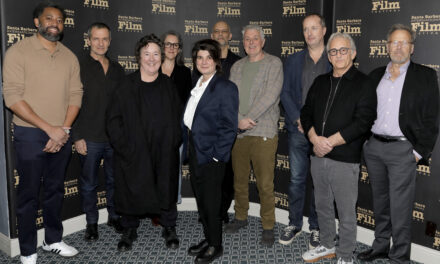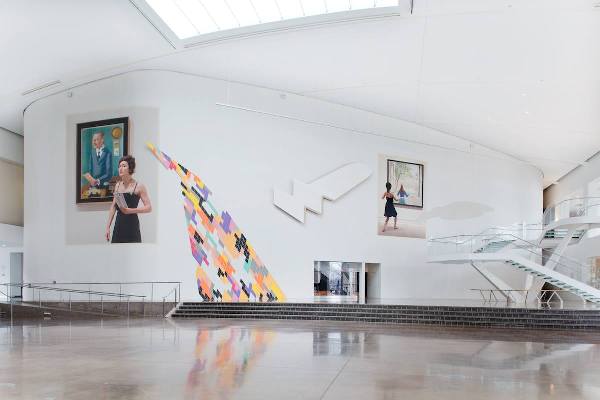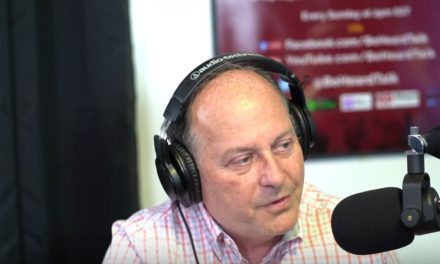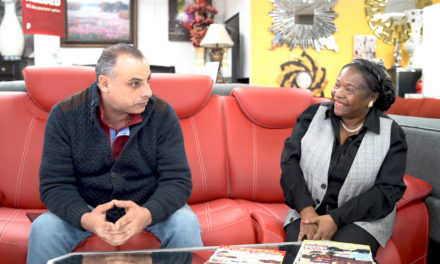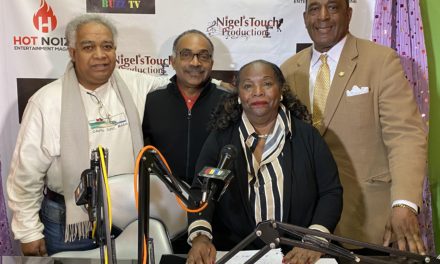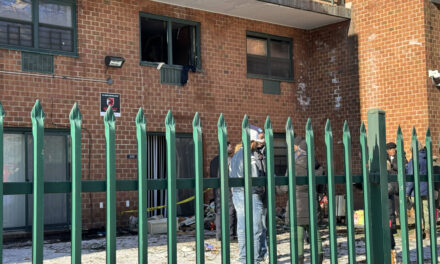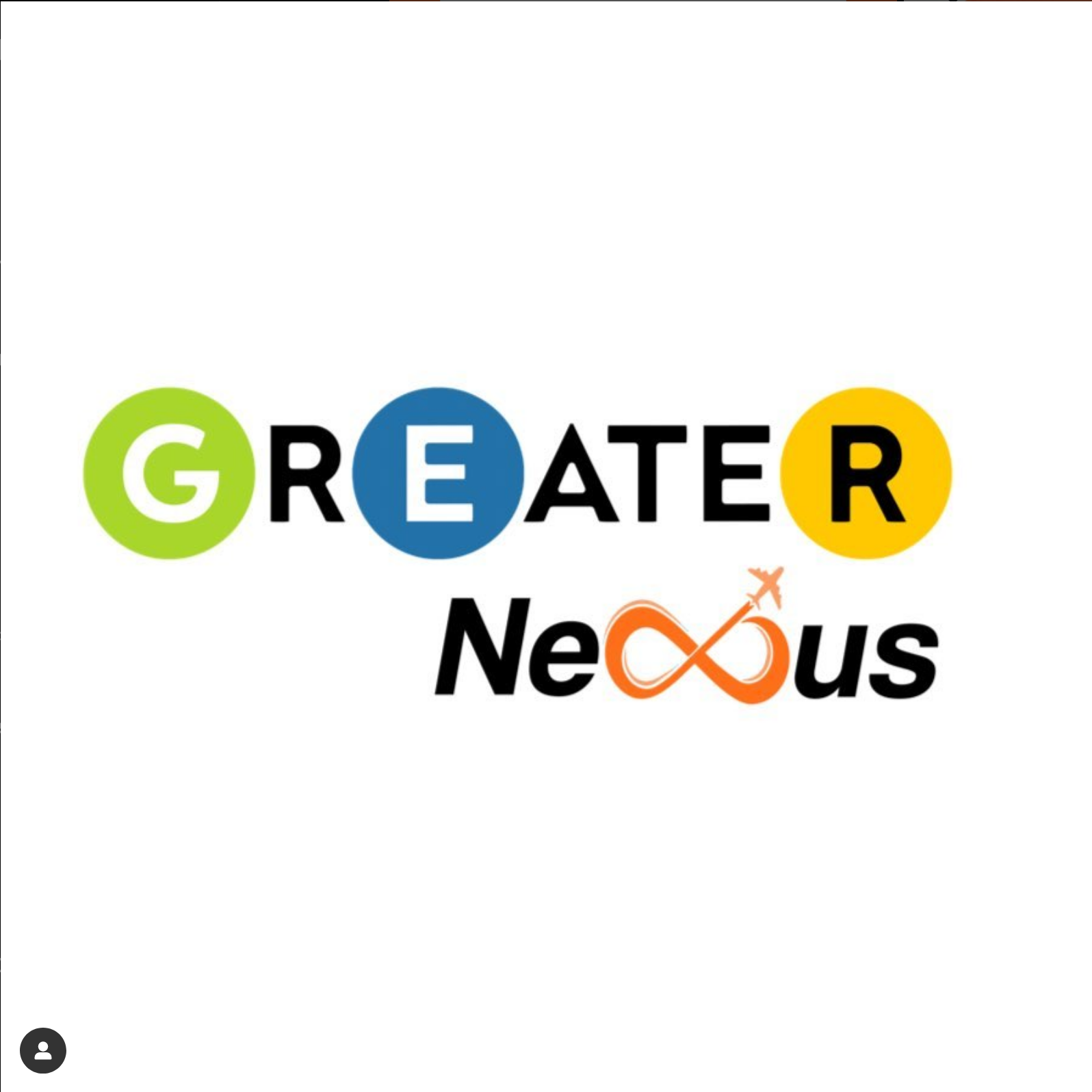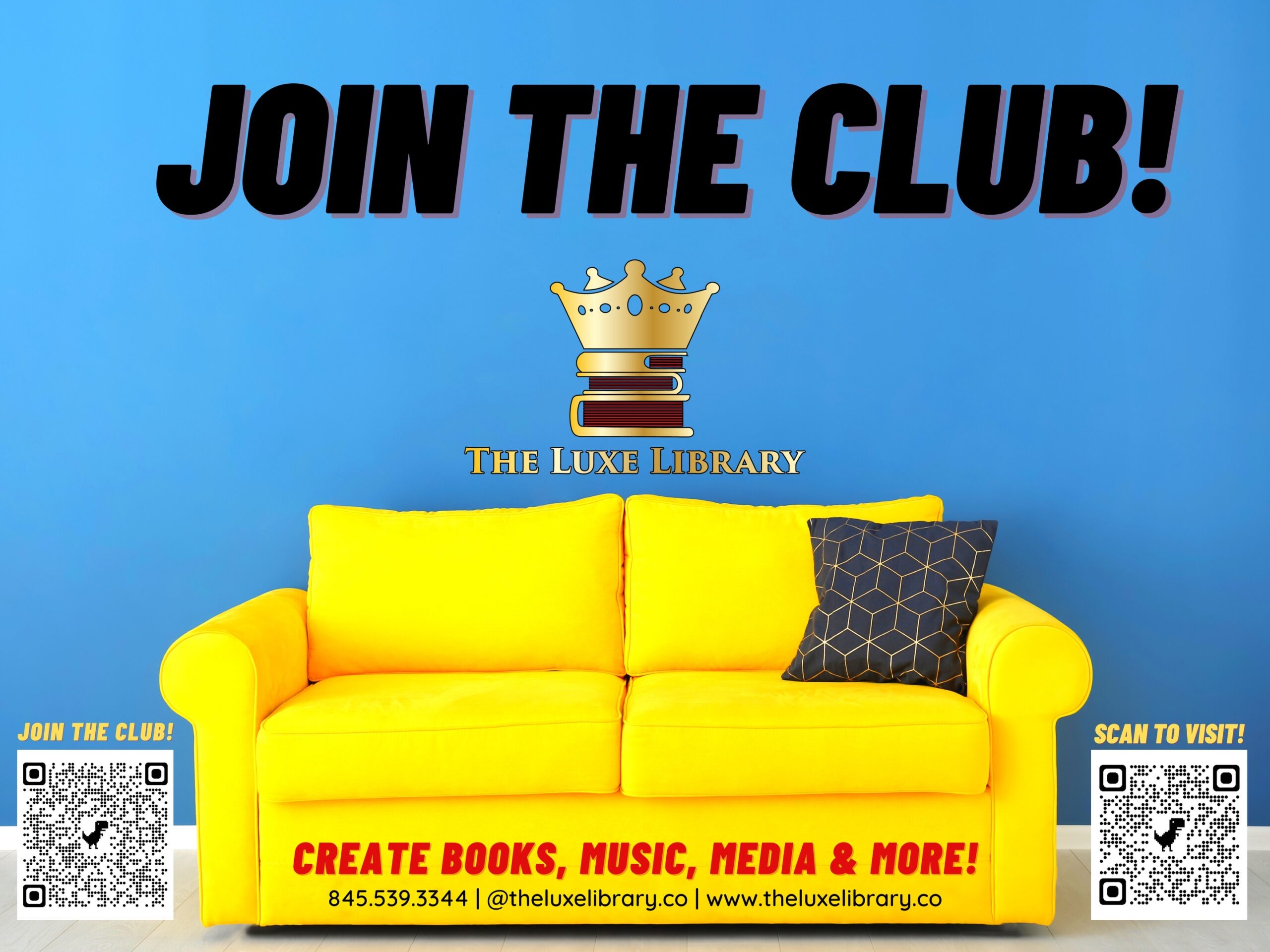Seven short films on HIV and AIDS from the perspective of artists living with the virus will run on a continuous loop at Queens Museum on Friday, Dec. 1, from noon to 4 pm.
The videos, dubbed “Being & Belonging,” explore the emotional realities of living with HIV via such topics as sex, intimacy, stigma, support, belonging, and isolation.
General admission to Queens Museum is $8.
The lineup features newly commissioned work by Camila Arce (Argentina), Davina “Dee” Conner and Karin Hayes (USA), Jaewon Kim (South Korea), Clifford Prince King (USA), Santiago Lemus and Camilo Acosta Huntertexas (Colombia), Mikiki (Canada), and Jhoel Zempoalteca and La Jerry (México).
Here’s a short description of the filmmakers.
Arce has been living with HIV since she was born. The 27-year-old writes about her daily life and publishes poetry and social, political, and economic commentary @sidiosa.
Conner is an HIV educator and international speaker who’s been living with HIV since 1997. She hosts the Pozitively Dee Discussions podcast.
Hayes is an award-winning documentary director and producer whose work has shown everywhere from the Sundance Film Festival to HBO to PBS.
Based in Seoul, Kim primarily works with video, photography, and installation to discuss the lives of queer people and people living with HIV/AIDS. Much of his work considers how the disease affects personal relationships.
Living and working in New York and Los Angeles, King documents his intimate relationships in traditional, everyday settings that speak on his experiences as a queer black man. He has recently exhibited work at Los Angeles County Museum of Modern Art, Jeffrey Deitch Gallery (LA), Higher Pictures (NYC), and Leslie Lohman Museum (NYC).
Huntertexas focuses on audiovisual projects, video editing, experimental video, VJ sets, and music video production. His video work has been exhibited in Spain, Germany, Mexico, Canada, and France.
Lemus uses organic matter, image, and sound to address the relationship between art, nature, and landscape through installations, interventions, performances, photography, and video. He co-founded Tomamos la Palabra, a collective that organizes interventions denouncing homophobia, transphobia, racism, and violence in public spaces.
Mikiki is a performer, video artist, and queer community health activist whose resume includes high school sexuality educator, bathhouse attendant, drag karaoke hostess, and various jobs in gay men’s health and HIV response.
Zempoalteca is an educator and visual artist whose work seeks to produce a counter-pedagogy by deconstructing the visual imaginaries surrounding dissident and seropositive experiences. His work has been exhibited in Mexico, Guatemala, and Spain.
La Jerry is a non-binary folk dancer.
Queens Museum co-presents Being & Belonging with the activist nonprofit Visual AIDS, which established Dec. 1 as Day With(out) Art in 1989. This annual commemoration coincides with World AIDS Day (aka Dec. 1), which was established in 1988 to honor the disease’s victims, support people living with HIV, and continue awareness.
Queens Museum is located inside the NYC Building in Flushing Meadows Corona Park. One entrance faces the Unisphere, while the other faces the Grand Central Parkway. There’s an on-site parking lot, and the 7 train’s Mets-Willets Point station is not far away.
Image: Hai Zhang for Queens Museum
